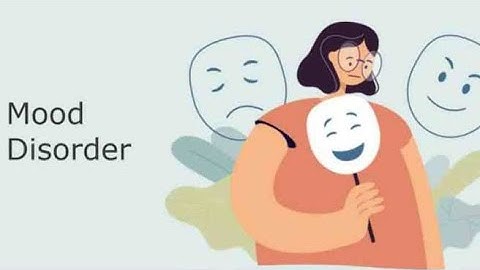1. In the expenditure cycle, the primary external exchange of information occurs with a) b) c) d) Show customers. suppliers. management. the audit committee. 2. Within the expenditure cycle, internal information flows a) b) c) d) from the production cycle to the expenditure cycle. from the revenue cycle to the expenditure cycle. to the general ledger from the expenditure cycle. All of the above are correct. 3. To accomplish the objectives set forth in the expenditure cycle, a number of key management decisions must be addressed. Which of the decisions below is not ordinarily found as part of the expenditure cycle? a) b) c) d) How can cash payments to vendors be managed to maximize cash flow? What is the optimal level of inventory and supplies to carry on hand? Where should inventories and supplies be held? What are the optimal prices for each product or service? 4. There are three basic activities in the expenditure cycle. One of the basic activities is the receiving and storage of goods, supplies, and services. What is the counterpart of this activity in the revenue cycle? a) b) c) d) the sales order entry process the shipping function the cash collection activity the cash payments activity 5. The first major business activity in the expenditure cycle is ordering inventory and supplies. The traditional approach to management of inventory to ensure sufficient inventory to maintain production is known as a) b) c) d) safety stock. just-in-time production. economic order quantity. optimal inventory quantity. 6. EOQ includes several variables that must be taken into consideration when calculating the optimal order size. One variable, the costs associated with holding inventory, is referred to as a) b) c) d) ordering costs. carrying costs. the reorder point. stockout costs. 7. The decision of when to place an order in a traditional inventory system is specified by the a) company inventory policies. b) economic order quantity. c) stockout point. d) reorder point. 8. When goods are being ordered from a vendor, which electronic files are either read or updated? a) b) c) d) inventory, vendors, and accounts payable vendors and accounts payable open purchase orders and accounts payable inventory, vendors, and open purchase orders 9. One alternative approach to managing inventory is materials requirements planning (MRP). What is a key feature of this approach? a) b) c) d) to minimize or entirely eliminate carrying and stockout costs to reduce required inventory levels by scheduling production rather than estimating needs to determine the optimal reorder point to determine the optimal order size 10. The major advantage of an MRP inventory system is that it reduces inventory levels. This is because a) the uncertainty about when materials are needed is reduced, thus reducing the need to carry large levels of inventory. b) the system is able to compute exactly the cost of purchasing by taking into account all costs associated with inventory carrying. c) inventory is brought to the production site exactly when needed and in the correct quantities by the vendor. d) None of the above are correct. What is the primary objective of expenditure cycle?The primary objective of the expenditure cycle is to minimize the total cost of acquiring and maintaining inventory, supplies, and services.
What is expenditure cycle in accounting information systems?The expenditure cycle is the set of activities related to the acquisition of and payment for goods and services. These activities include the determination of what needs to be purchased, purchasing activities, the receipt of goods, and payments to suppliers.
What is the first step in the expenditure cycle?The first step in the expenditure cycle is to order materials, supplies and services for the company. Different individuals or departments in the company track their consumables and create a purchase requisition when they're low on goods.
|

zusammenhängende Posts
Werbung
NEUESTEN NACHRICHTEN
Werbung
Populer
Werbung

Urheberrechte © © 2024 defrojeostern Inc.


















